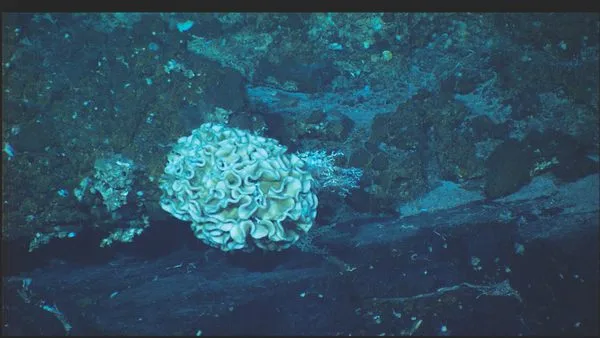Xenophyophores can craft multichambered compounds that resemble morel mushrooms.
Xenophyophores—xenos for short—are some of the deep sea’s most abundant organisms. Able to grow their single-celled bodies as large as a cantaloupe in some cases, they live on seabed rocks or in sediment, often in places where a current can bring by construction materials.
To shelter their huge, blobby bodies, many xenos stick bits of stuff together to form self-built abodes called “tests.” Lacking more solid appendages, xenos use extended threads of protoplasm to collect sediment or other drifting particles and glue them together grain by grain. A few “naked” xenos do things differently, secreting a transparent casing and building tests from their own fecal pellets. “They’re incredible bricklayers,” says Lisa Levin, one of a handful of deep-sea ecologists who has studied them in their natural habitat.
Xenos make good neighbors. Like trees or reefs, they are diversity hot spots, providing other creatures places to perch, feed, and hide. They’re also sediment stabilizers and particle traps on the seafloor. Some researchers have even proposed that xenos may be master gardeners, growing and harvesting microbes down on their sunless, submarine farms.


